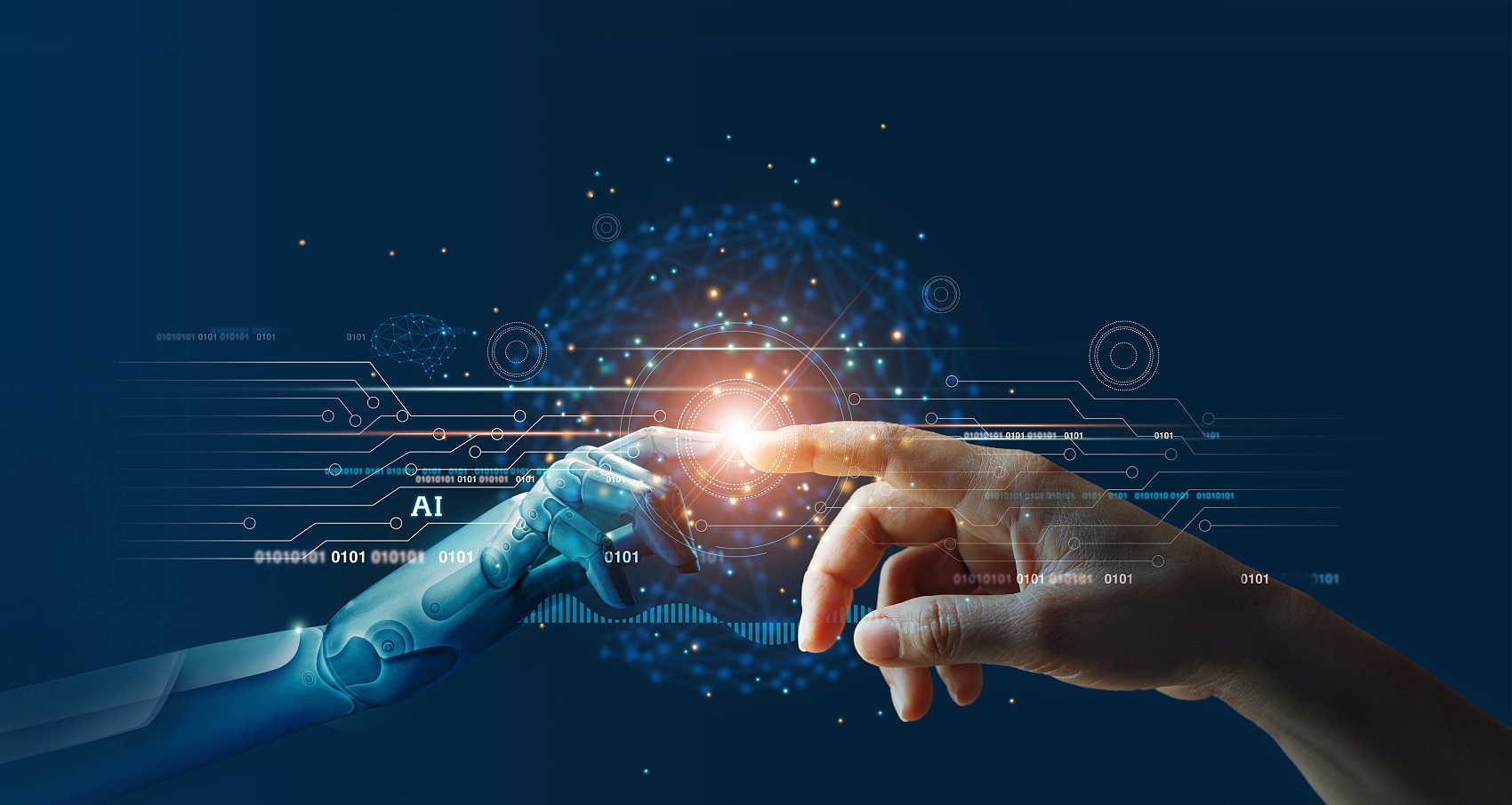Written by: arndxt
Translator: AididiaoJP, Foresight News
The year 2025 represents a turning point in the economic cycle.
 The market has fallen into a paradox.
The market has fallen into a paradox.
Beneath the surface calm of optimism for a soft landing, the global economy is quietly fracturing along the fault lines of trade policy, credit expansion, and technological overreach.
The next dislocation in the global economy will not stem from a single failure—neither tariffs nor AI-driven debt—but from the feedback loops between policy, leverage, and belief.
We are witnessing the late stages of a supercycle, where technology underpins growth, fiscal populism supplants trade liberalism, and monetary trust is slowly eroding.
The boom is not yet over, but it has begun to crack.
This week’s volatility offers a microcosm of the broader picture.
The volatility index experienced its largest surge since April due to renewed concerns over US-China tariffs, before retreating ahead of the weekend after President Trump confirmed that the proposed 100% import tariff would be “unsustainable.” Equity markets breathed a sigh of relief; the S&P 500 stabilized. However, this relief was superficial, with the deeper narrative being the depletion of policy tools and overstretched optimism.
The Illusion of Stability
The EU-US trade agreement in July was intended to anchor a fragile system.
However, it is now gradually unraveling amid controversies over climate regulations and American protectionism. Washington’s demand for exemptions for US companies from ESG and carbon disclosure rules highlights a widening ideological divide: Europe’s decarbonization vs. America’s deregulation.
Meanwhile, China’s new restrictions on rare earth exports, including bans on magnets containing trace amounts of Chinese-sourced metals, have exposed strategic vulnerabilities in global supply chains. The US response—threatening to impose 100% tariffs on Chinese imports—was a political gesture with global repercussions. Though later retracted, it served as a reminder that trade has become weaponized finance, serving more as a lever for domestic sentiment than for economic rationality.
The World Trade Organization warned of an impending sharp slowdown in merchandise trade by 2026, reflecting a reality where companies are no longer investing confidently in supply chains but instead doing so with contingency plans in mind.
The AI Supercycle
At the same time, within the AI economy, a second narrative is unfolding—one that is subtler yet potentially more consequential.
We are transitioning from productive expansion to speculative finance, characterized by a “surge in supplier financing and thinning coverage.” Hyperscale enterprises are now leveraging balance sheets for expansion at a pace exceeding what revenues can substantiate, a classic sign of late-cycle euphoria.
This is not unprecedented. Of the 21 major investment booms since 1790, 18 ended in collapse, typically when financing quality deteriorated. Today’s AI capital expenditure frenzy resembles the late-1990s telecom bubble: real infrastructure gains intertwined with credit-driven speculation. Instruments once responsible for inflating mortgage-backed securities, such as special-purpose entities, supplier financing, and structured debt, are making a comeback, this time cloaked in the guise of “computing power” and “GPU liquidity.”
The irony? The artificial intelligence boom is productive, but unevenly distributed. Microsoft’s financing of its expansion through traditional bonds reflects confidence. CoreWeave’s reliance on special-purpose vehicles reflects strain. Both are expanding, but one is building enduring capacity; the other, fragility.
Symptoms of Volatility
The spike in the VIX reflects deeper market unease: policy uncertainty, concentrated stock leadership, and credit stress beneath the surface of exuberant valuations.
When the Federal Reserve signals rate cuts amid slowing growth, this is not stimulus—it is risk management. The two-year Treasury yield falling to its lowest level since 2022 tells us that investors are pricing in a deflation of confidence, not just interest rates. Markets may still cheer every dovish pivot, but each cut erodes the illusion that growth is self-sustaining.
Synthesis: Trade, Technology, and Trust
The connecting thread between tariff politics and AI euphoria is trust—or rather, its erosion.
Governments no longer trust their trading partners.
Investors no longer trust the consistency of policy.
Companies no longer trust demand signals, so they overbuild.
Gold breaking above $4,000 is less about inflation and more about the erosion of belief—in fiat systems, in globalization, in institutional coordination. It is a hedge, but not against price; it is a hedge against policy entropy.
The Road Ahead
We are entering a period of ‘fractured prosperity’: a time when nominal growth and market highs coexist with structural vulnerabilities.
AI investment drives GDP in the same way that railways did in the 19th century.
Protectionism has spurred local production while depleting global liquidity.
Financial volatility oscillates between euphoria and policy-induced panic.
During this phase, risks accumulate.
Every tariff rollback, every capital expenditure announcement, and every interest rate cut extends the cycle but compresses its eventual collapse. The question is not whether the AI or trade bubbles will burst, but how deeply intertwined they will have become by the time they do.
